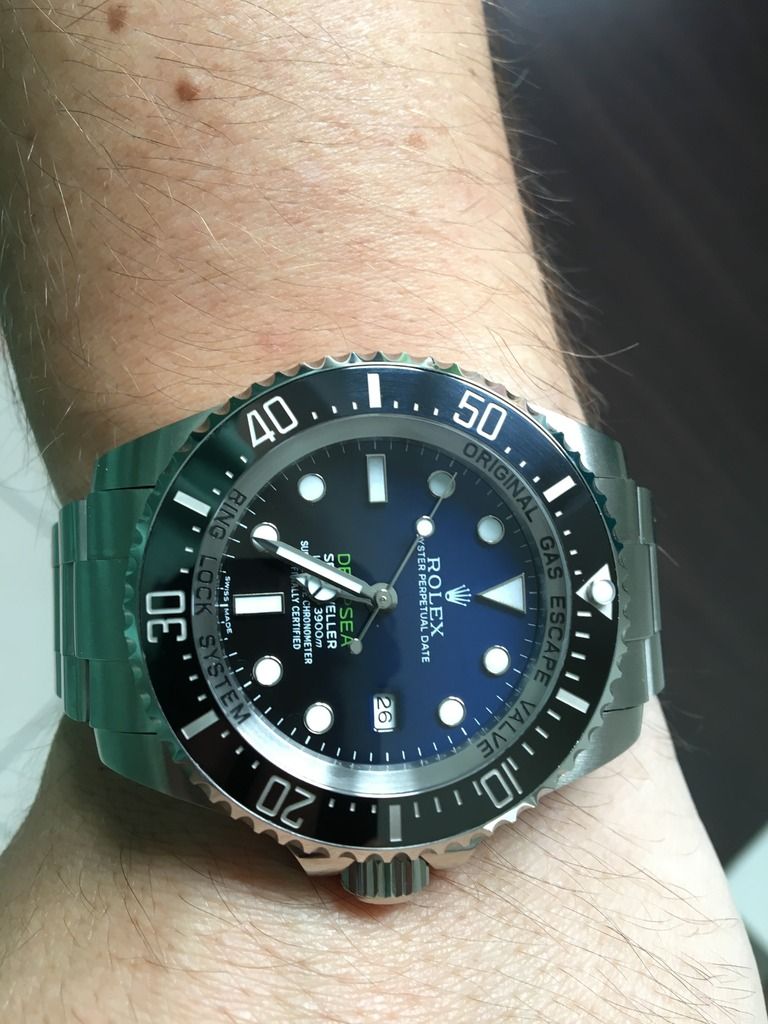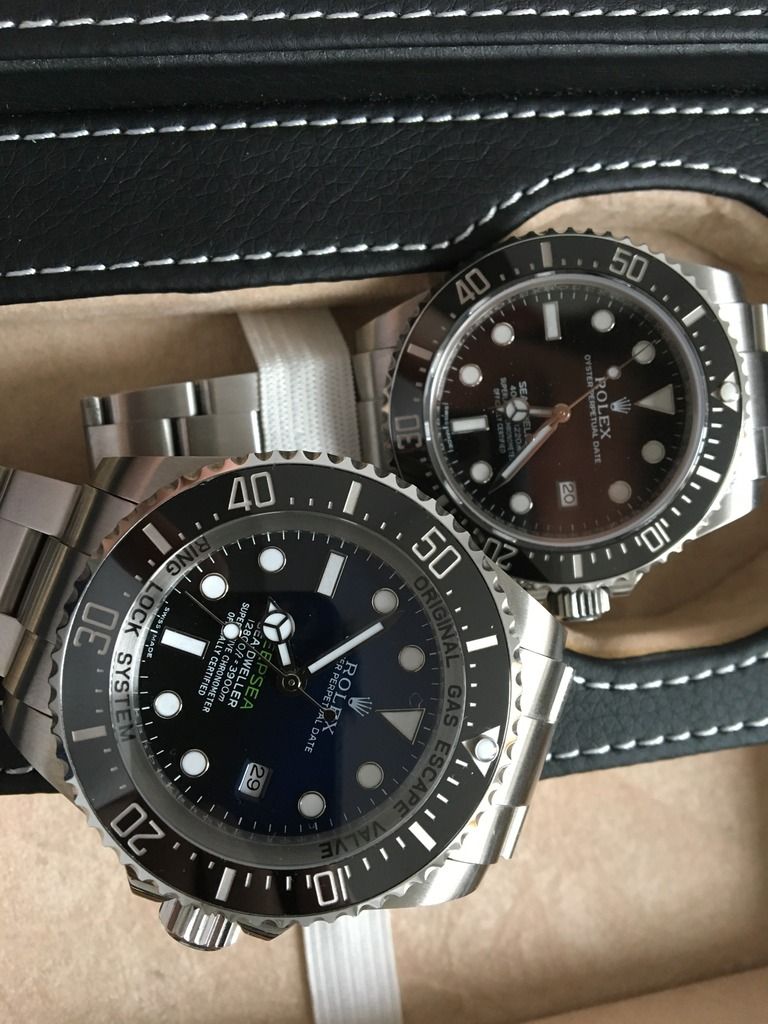https://www.youtube.com/watch?v=CbH16yT_sLg
Here is the clip showing how Rolex makes its ceramic bezel which was provided by smoke
Please pay attention to 0:29
"Entire bezel is bombarded with gold, atom by atom"
So why did they emphasize the bezel to be "bombarded" and "atom by atom"? It is because they are using PVD (Physical Vapor Deposition).
Because the platinum material is first removed from the raw material(target) by the high energy particles(ionized carrier gas) and becomes atoms or cluster of that, which were then attracted to the surface by the machine, this is the basic mechanism of PVD (Physical Vapor deposition) or sputtering process. I assume everyone or at least some of you would know this, as it is the very basic knowledge of the technique.
There is a very well known phenomenon and I hope the PVD experts here could help me further elaborate on this later. The PVD process is highly affected by the gas flow inside the chamber. The material will only reach the surface where the gas-flow could approach to. So no gas-flow, no material deposit. The gas flow could highly affected the effective area. And there are also other factors like the distance between the sample and raw material, voltage, charge current and working pressure, etc. which would greatly affect the process of succeed in coating or not.
Referring to the question why the insert I provide is silver on the back and edges, it is because the insert is covered by the platinum-riched gas flow. As I have mentioned, when there is air-flow, there is coating. When the current passes the front, it also go through the body of the insert and hit the back of the insert. That is the reason why platinum grows on the entire surface. An experienced or practical expert would know it.
Talking about the raw material I used, I am pretty sure it is 99.99% of platinum. And I have mentioned it in the previous reply. There are many ways to test it and some could be done without harming the inserts.
Wet etching, which could dissolve the platinum, is done by soaking it in aqua regia. The process can be further facilitated by increasing the temp and also by applying ultrasound bath. What you would get is the platinum being reacted. But there are also many other metal or material could be reacted and removed in the same way. So I really don’t think this is a good method to identify the material.
Personally I would recommend using EDX, ESCA as these should be non-invasive measures to be done to the insert and the chances of hurting the insert is low. These could be done in many laboratory. From these results, you could get what composition and their corresponding concentration in making up the inserts. This is a more scientific way in defining what has been used in the my and the gen inserts.
Or is there any other better way to test it? I hope the experts in the RWI would help provide some other ways to help testing it.
I am really sorry for what have happened to fastpaced’s insert. I have to admit that I made a mistake for not paying attention to the edge and the back of inserts. I will pay attention to these areas from now on. And thank you for raising up the questions. I do gained a lot from answering all these. Thank you so much guys and I hope you understand my poor English as it is really not my mother-tongue. Feel free to throw me questions if you do find this hard to understand.


